June 2019
Bernard F. Eilers (Dutch, 1878-1951)
Stilleven met haringen en rode dahlia’s (Still life with herring and red dahlias)
c. 1935
Colour separation
4.5 x 6 mm
Stadsarchief Amsterdam
I came across these early colour photographs by chance while rummaging around the web – the process (foto-chroma Eilers), the man (Bernard F. Eilers) and his photographs now largely forgotten outside his native Holland.
In this posting I have focused on the still life because I feel these photographs, which are the strongest body of Eilers work. Reminiscent of 17th Dutch still life painting, the photographs possess an inimitable feeling of space and project an indomitable presence that radiates almost magically from the surface of the image. The use of low depth of field and a stunning colour process (where the separated colours are hushed and muted but forward and present) make it possible to imagine picking up the tomatoes from the tin dish.
While the images are tightly framed, apparently simple constructions of light, colour and form… to make them so beautiful, so resonant of life itself, is due to the incredible technical and sensual skill of the artist. The precision of construction, of lighting, of feeling is impeccable. Notice the placement of the bowl of flowers in Table with tablecloth and a vase of red chrysanthemums (c. 1935, below) and its relationship to the pattern and that precise drop of the folded corner of the tablecloth. Or the spiral of the peeled lemon not quite touching the table, while red lanterns ascend like musical notes from the painted vessel in Still life with fruit (1934, below).
These informed, atmospheric and meditative images require the viewer to slow down and apply themselves to the act of looking, the act of imbibing the spirit of the artist, the object and the world. Beautiful, beautiful images, they make my heart sing.
Dr Marcus Bunyan
Bernard F. Eilers photographs from “Memory of the Netherlands,” on the National Library of the Netherlands website. A collection of the Stadsarchief Amsterdam. Please click on the photographs for a larger version of the image.
Bernard F. Eilers (1878-1951) was one of the leading Dutch photographers in the first quarter of the twentieth century. Along with Henri Berssenbrugge and Berend Zweers, Eilers was part of the second generation of Dutch pictorialists and his fine art prints were widely exhibited in the Netherlands during his lifetime. In 1911 he launched his business as a portrait and reproduction photographer. He was one of the Netherlands’ first commercial photographers, undertaking commissions for numerous clients including the Philips Company and Amsterdam-based architects and furniture makers. Around 1935, he created the photographic colour separation technique Foto-chroma Eilers, successfully producing prints of great intensity and depth of colour.
The following photographs were created by digitising 927 glass negatives from the Amsterdam Municipal Archives in 2004.
To achieve first-class picture quality, sets of three practically matching black-and-white negatives had to be selected from a far more sizeable total collection. Assembling these sets was an arduous task: they had not always been filed neatly together and could be found among several glass negative formats, particularly among the 4.5 x 6 cm size. In the end, it appeared that the selection of some sets did not lead to a satisfactory result, but the whole operation nevertheless yielded 309 beautiful prints.
Bernard F. Eilers (Dutch, 1878-1951)
Stilleven met Oosterse poppetjes (Still life with Eastern figures)
1934-04/1939-09
Colour separation
4.5 x 6 mm
Stadsarchief Amsterdam
Bernard F. Eilers (Dutch, 1878-1951)
Stilleven met tinnen en steengoed kannen (Still life with pewter and stoneware jugs)
1934-04/1939-10
Colour separation
4.5 x 6 mm
Stadsarchief Amsterdam
Bernard F. Eilers (Dutch, 1878-1951)
Stilleven met fruitschaal en drie kruiken op een kastje (Still life with a fruit bowl and three jugs on a cupboard)
1934-04/1936
Colour separation
4.5 x 6 mm
Stadsarchief Amsterdam
Bernard F. Eilers (Dutch, 1878-1951)
Stilleven met een bloeiende primula, een majolica bord, steengoed kannetje en ander voorwerpen (Still life with a flowering primula, a majolica plate, stoneware jug and other objects)
1934-04/1939-10
Colour separation
4.5 x 6 mm
Stadsarchief Amsterdam
Bernard F. Eilers (Dutch, 1878-1951)
Stilleven met een glazen fles en een koperen pot (Still life with a glass bottle and a copper pot)
1934-04/1939-10
Colour separation
4.5 x 6 mm
Stadsarchief Amsterdam
Bernard F. Eilers (Dutch, 1878-1951)
Stilleven met koperen pot en glazen fles (Still life with copper pot and glass bottle)
1920/1939
Colour separation
4.5 x 6 mm
Stadsarchief Amsterdam
Bernard F. Eilers (Dutch, 1878-1951)
Stilleven met schilderspalet (Still life with painter’s palette)
1934-05/1939-10
Colour separation
4.5 x 6 mm
Stadsarchief Amsterdam
Bernard F. Eilers (Dutch, 1878-1951)
Stilleven met groenten waaronder prei, boerenkool en uien (Still life with vegetables including leek, kale and onions)
1934-04/1935-10
Colour separation
4.5 x 6 mm
Stadsarchief Amsterdam
Bernard F. Eilers (Dutch, 1878-1951)
Stilleven met glazen fles en een tinnen schaal met tomaten (Still life with glass bottle and a tin dish with tomatoes)
1920/1939
Colour separation
4.5 x 6 mm
Stadsarchief Amsterdam
Bernard F. Eilers (Dutch, 1878-1951)
Stilleven met steengoed kannen, fruit, tingoed en gedroogde bloemen van een lampionplant in een fles (Still life with stoneware jugs, fruit, tin goods and dried flowers of a lantern plant in a bottle)
1934-04/1934-12
Colour separation
4.5 x 6 mm
Stadsarchief Amsterdam

Bernard F. Eilers (Dutch, 1878-1951)
Stilleven met fruit (Still life with fruit)
1934-04/1934-12
Colour separation
4.5 x 6 mm
Stadsarchief Amsterdam
Bernard F. Eilers was a colour magician. Around 1935, he created the photographic colour separation technique foto-chroma Eilers, which would make him world famous. In a time when experiments with colour photography were abundant, he succeeded in producing colour prints that far surpassed those of other fellow pioneers in terms of colour intensity and depth.
The Great Depression of the 1930s was not a good time for Eilers; few people could afford to enlist the services of a photographer. In these years, he decided to devote his leisure time to perfecting three-colour photography. His aim was to expose and print three shots on paper in a single turn. For more than a year and a half, he worked at improving the camera, the filters and the printing foils. Finally, Eilers succeeded in producing perfect colour prints. He named his technique: foto-chroma eilers. The difficult feat he had accomplished brought Eilers praise and honour, but the big photographic industries of the day soon caught up with him; around the same time, Kodak and Agfa introduced the first modern colour films.
For this site, Eilers’s old analogue technique was simulated digitally. The result is a collection of spectacular colour prints originating from a period that is mostly associated with black-and-white photography.
Text from the Memory of the Netherlands website [Online] Cited 02/04/2019
Bernard F. Eilers (Dutch, 1878-1951)
Stilleven met dotterbloemen in een glazen vaas en enkele glazen voorwerpen (Still life with dotter flowers in a glass vase and some glass objects)
1934-04/1939-09
Colour separation
4.5 x 6 mm
Stadsarchief Amsterdam
Bernard F. Eilers (Dutch, 1878-1951)
Stilleven met bloemen van de papaver in een vaas (Still life with poppy flowers in a vase)
1934-07/1939-08
Colour separation
4.5 x 6 mm
Stadsarchief Amsterdam
Stilleven met bloemen van de papaver in een vaas. Opname in de huiskamer van de familie Eilers, Jacob Marisstraat 88, Amsterdam
Still life with flowers of the poppy in a vase. Recording in the living room of the Eilers family, Jacob Marisstraat 88, Amsterdam
Bernard F. Eilers (Dutch, 1878-1951)
Gedekte tafel met een ontbijtservies (Set table with a breakfast set)
c. 1935
Colour separation
4.5 x 6 mm
Stadsarchief Amsterdam
Bernard F. Eilers (Dutch, 1878-1951)
Tafel met tafelkleed en een vaas rode chrysanten (Table with tablecloth and a vase of red chrysanthemums)
c. 1935
Colour separation
4.5 x 6 mm
Stadsarchief Amsterdam

Bernard F. Eilers (Dutch, 1878-1951)
Stilleven met lamp, Japanse poppen en wajangpoppen (Still life with lamp, Japanese dolls and Wajang dolls)
1920/1939
Colour separation
4.5 x 6 mm
Stadsarchief Amsterdam
Bernard F. Eilers (1878-1951) was active in many photographic fields. Besides practicing the traditional genres such as townscapes, portraits and still life he also applied himself to architecture, art reproduction and ad photography.
In his lifetime, Eilers was held in high regard as an art photographer both in and outside the Netherlands. He owed his greatest successes to his photographs of Amsterdam, that exude much atmosphere and make one think of a painting by Breitner or Witsen. His free work is pictorial and seems to belong in the nineteenth rather than the twentieth century. In his photographs, Eilers achieved exceptionally high quality by his practically unequalled mastery of the means offered by modern photographic techniques. His photographs paint a nostalgic picture of the Netherlands in years gone by.
As a professional photographer, Eilers had many customers, including companies like Philips, Verkade and the Dutch car manufacturer Spijker, as well as architects such as Van der Mey, Kramer and De Klerk. His Golden Age as a photographer of architectural subjects coincided with that of the so-called Amsterdam School and its monthly publication Wendingen. Aside from what he described as his sixth sense, “the feeling in space”, Eilers considered a feeling for tone to be of the utmost importance when photographing a building in order to properly reproduce its size and proportions.
Eilers was a gifted technician. This emerges most of all from his pioneering work in the field of colour photography. He excelled in the application of new techniques such as the Lumière sheet and the multi-colour bromine colour printing. Eilers even developed a colour technique of his own: the foto-chroma eilers.
Text from the Memory of the Netherlands website [Online] Cited 02/04/2019
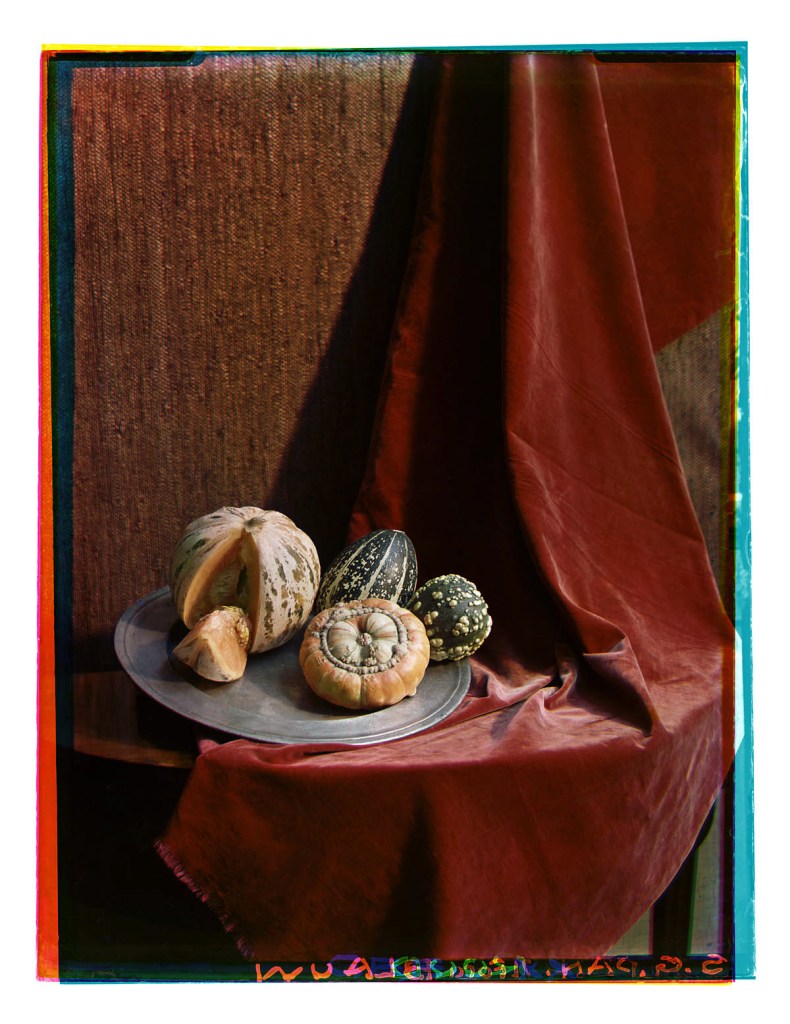
Bernard F. Eilers (Dutch, 1878-1951)
Stilleven met sierfruit op een tinnen bord (Still life with ornamental fruit on a tin plate)
1920/1935
Colour separation
4.5 x 6 mm
Stadsarchief Amsterdam
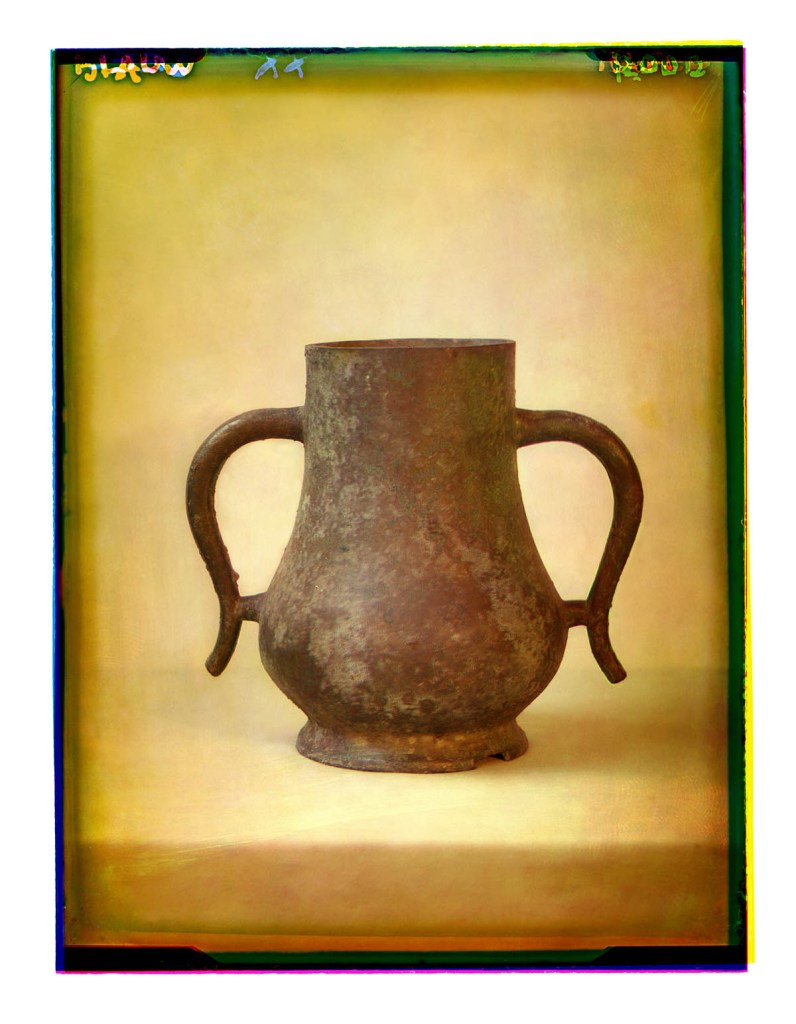
Bernard F. Eilers (Dutch, 1878-1951)
Metalen beker met twee oren (Metal cup with two ears)
1920/1939
Colour separation
4.5 x 6 mm
Stadsarchief Amsterdam
Bernard F. Eilers (Dutch, 1878-1951)
Kleurenspectrum gefotografeerd bij daglicht (Color spectrum photographed in daylight)
1934-04/1936
Colour separation
4.5 x 6 mm
Stadsarchief Amsterdam

Bernard F. Eilers (Dutch, 1878-1951)
Zelfportret met drie kleurfilters (violetblauw, groen en oranje) (Self-portrait with three colour filters (violet blue, green and orange))
1934-04/1936-01
Colour separation
4.5 x 6 mm
Stadsarchief Amsterdam

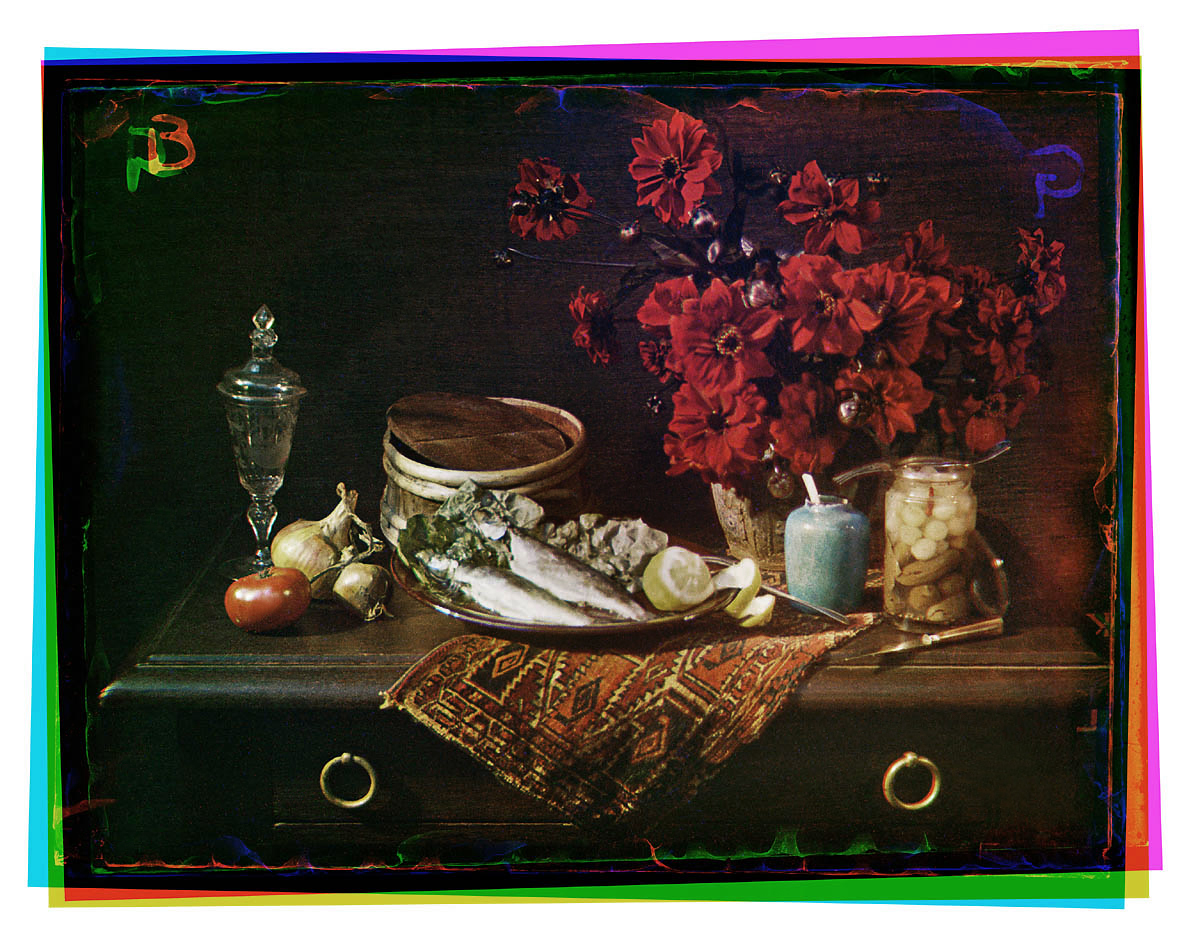











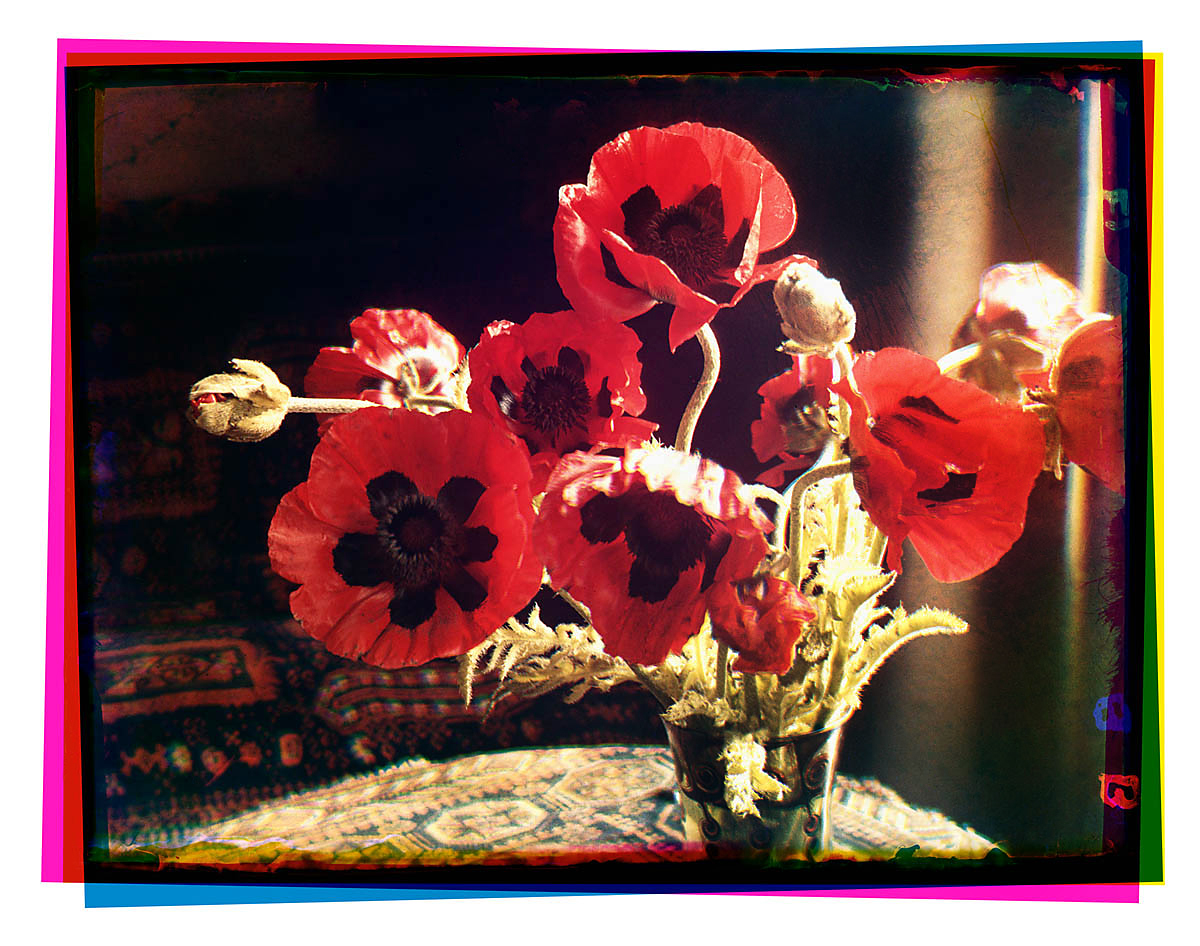



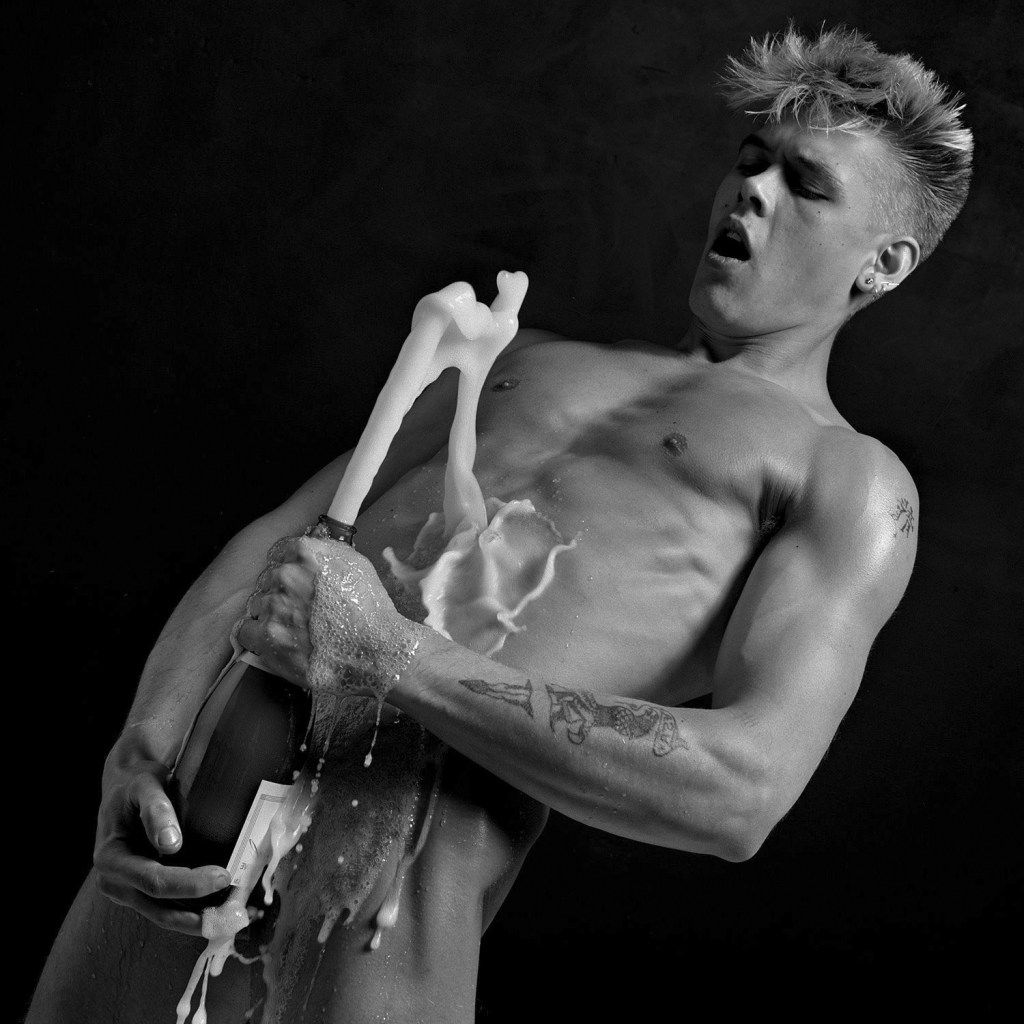
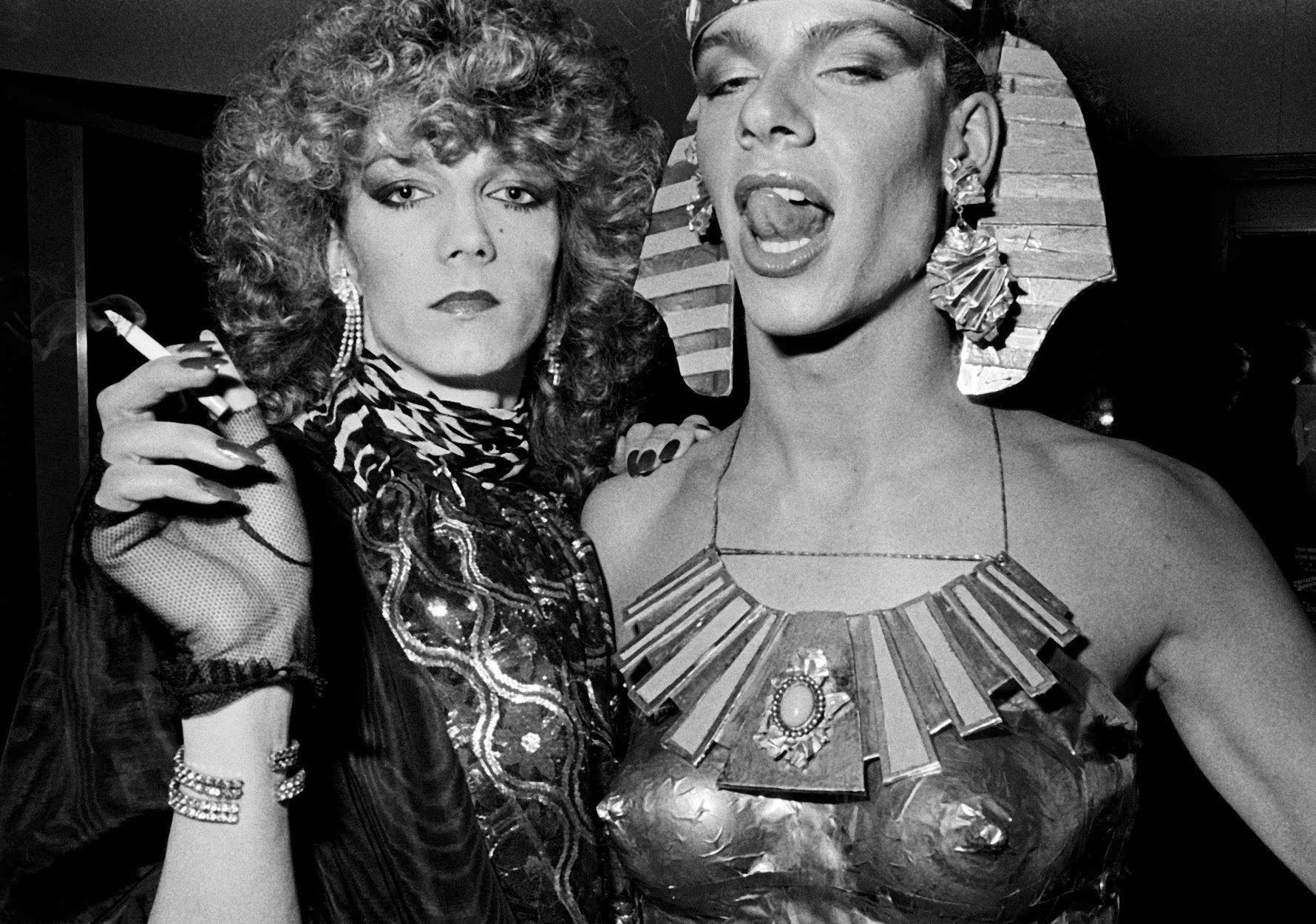

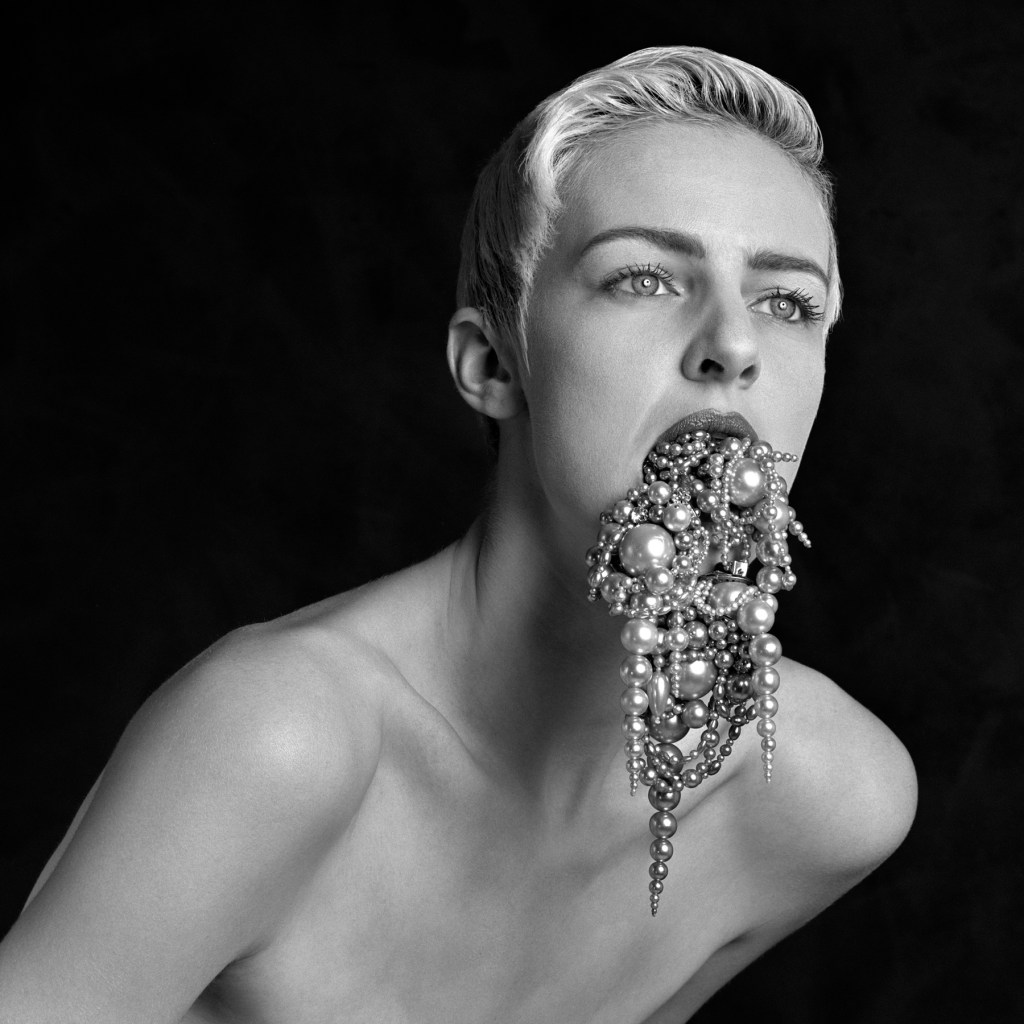

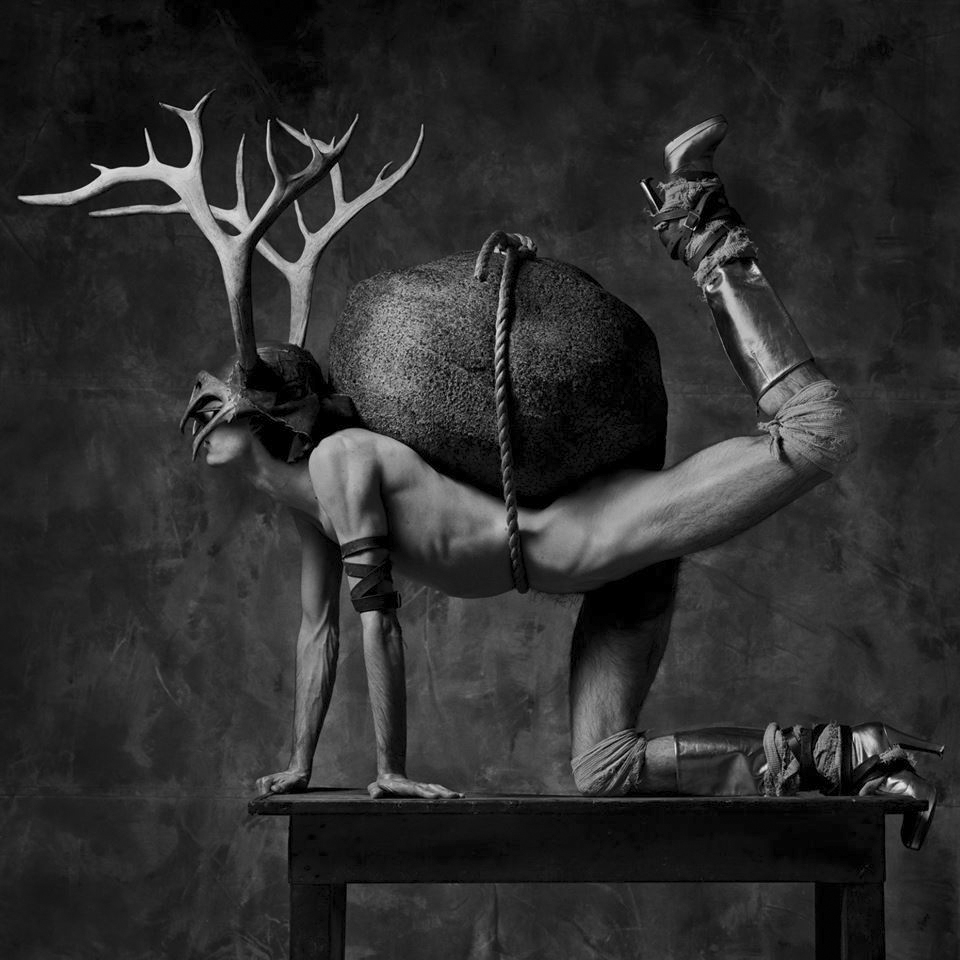
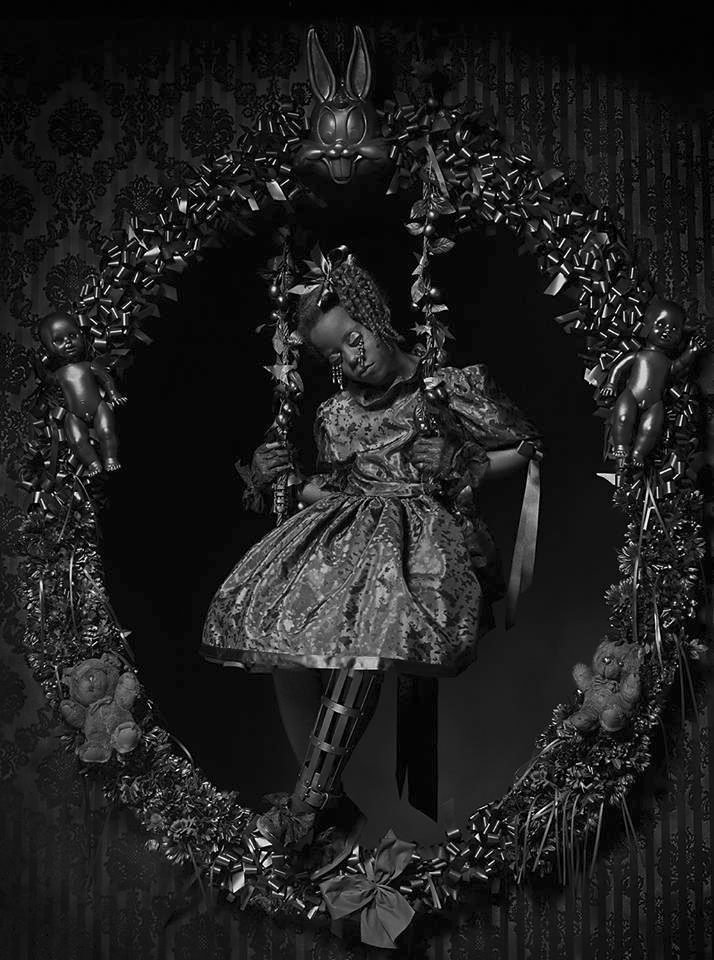
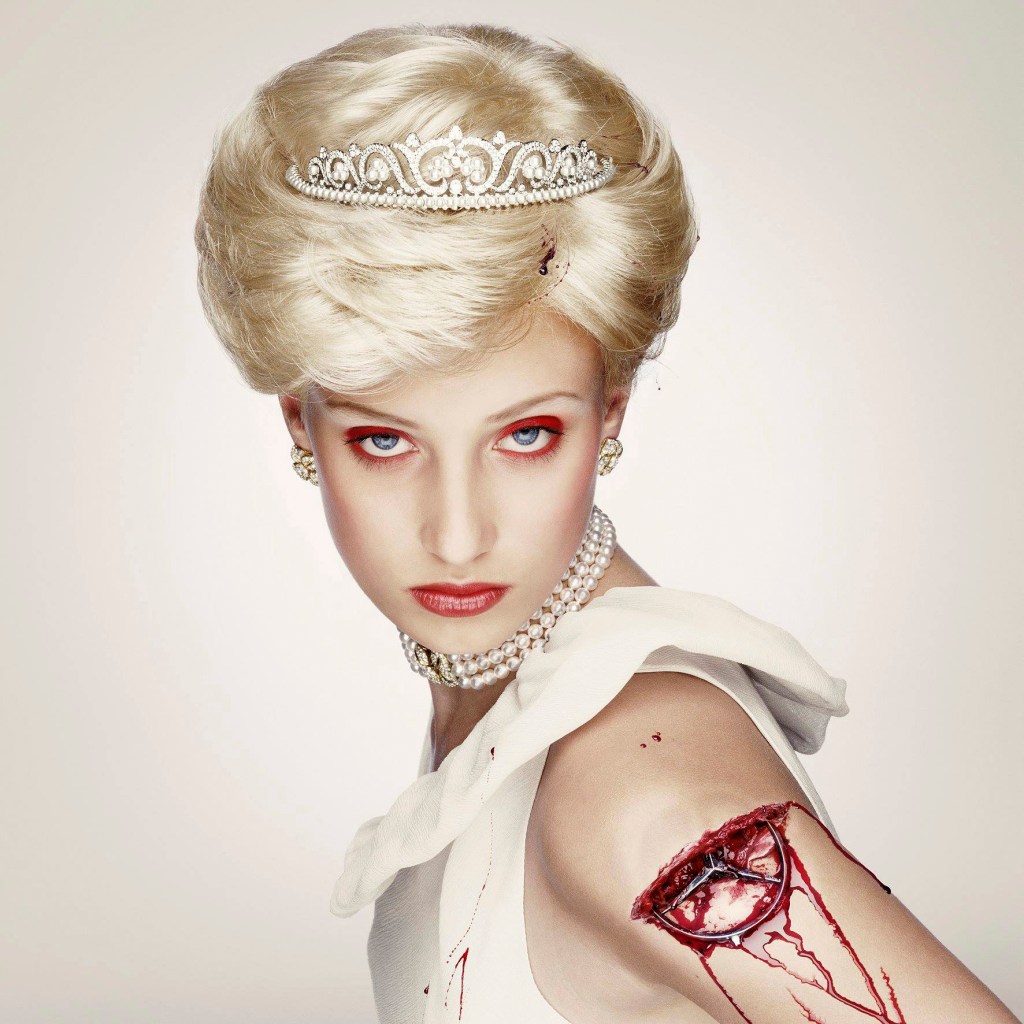






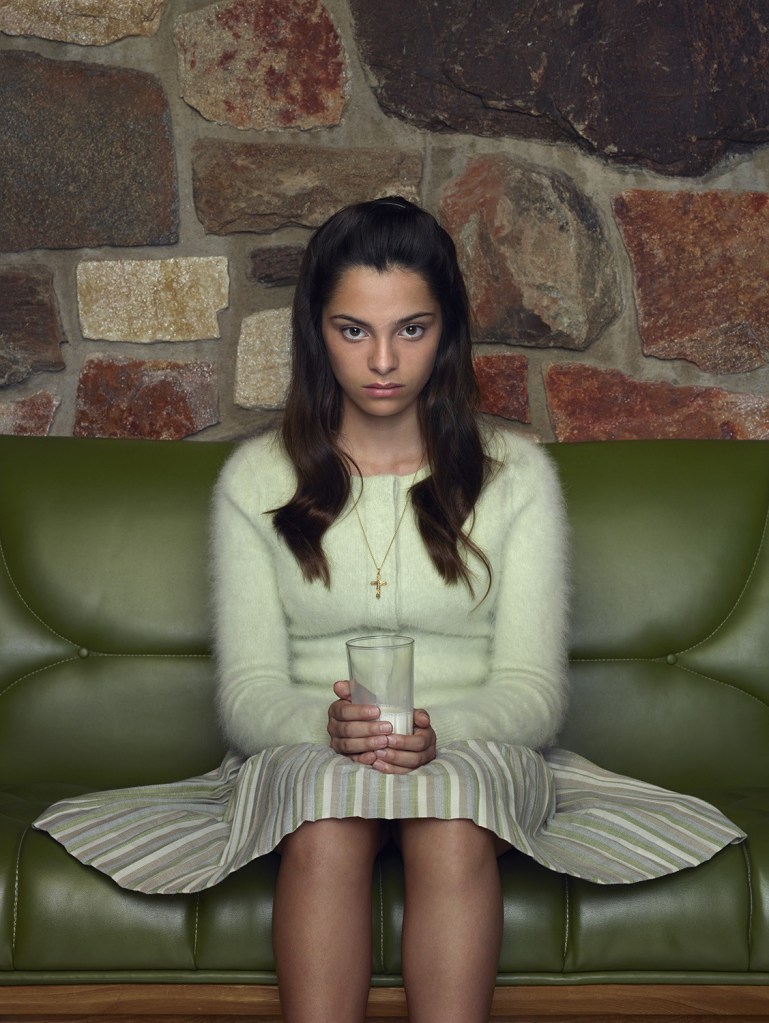
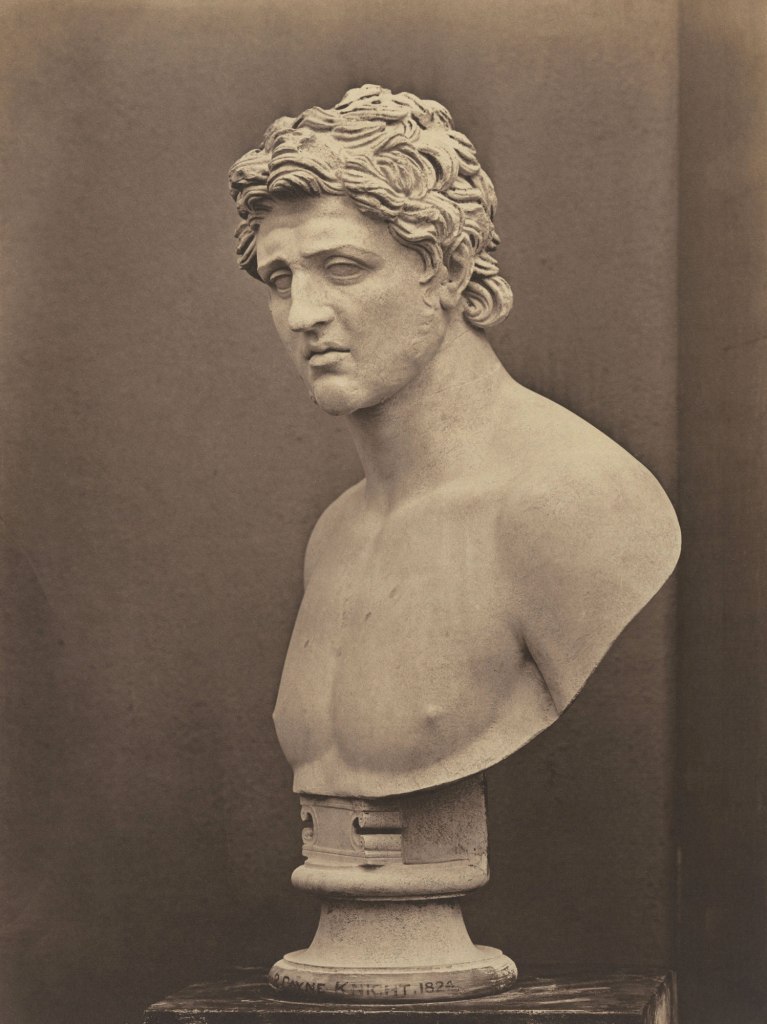






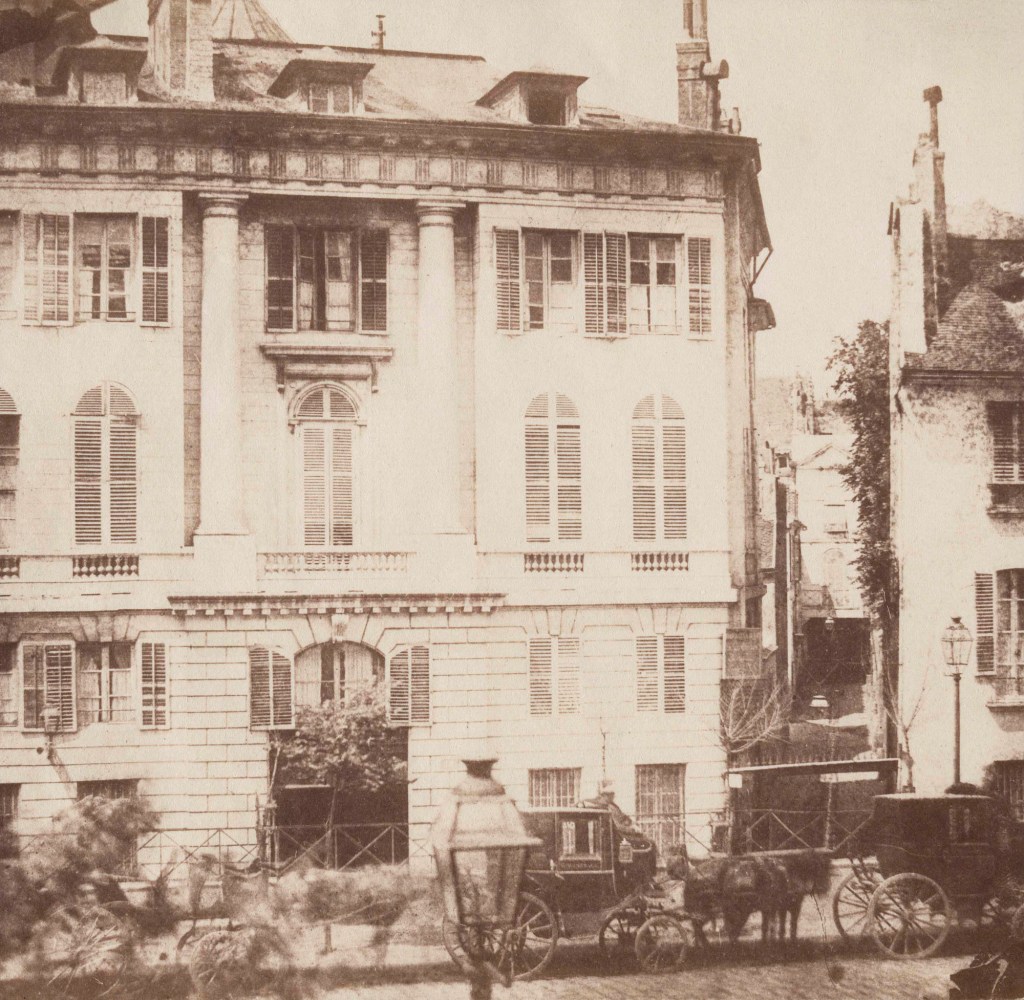
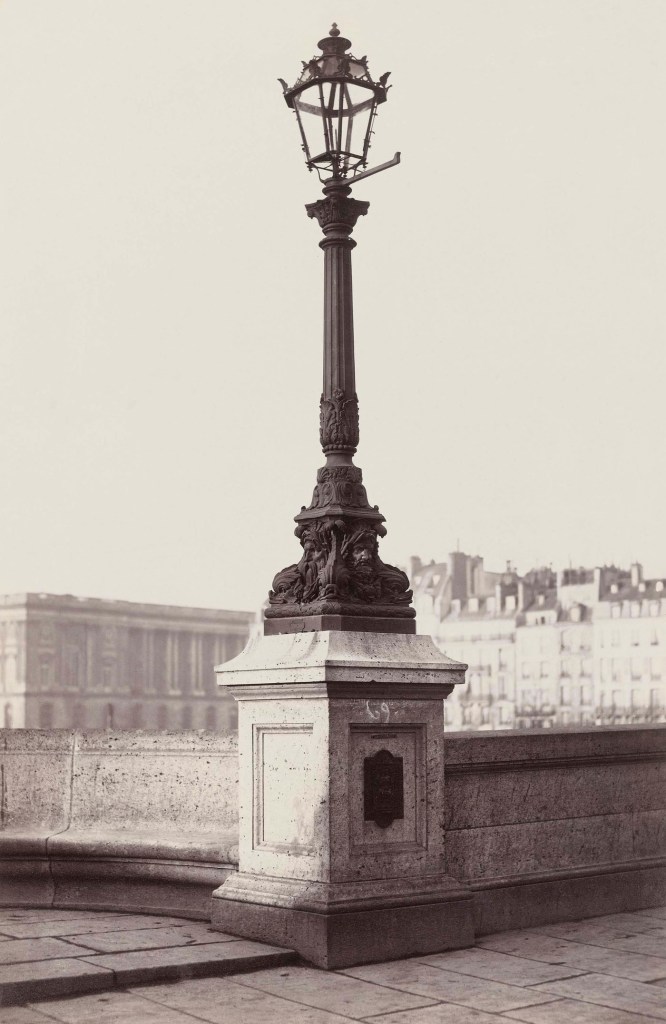
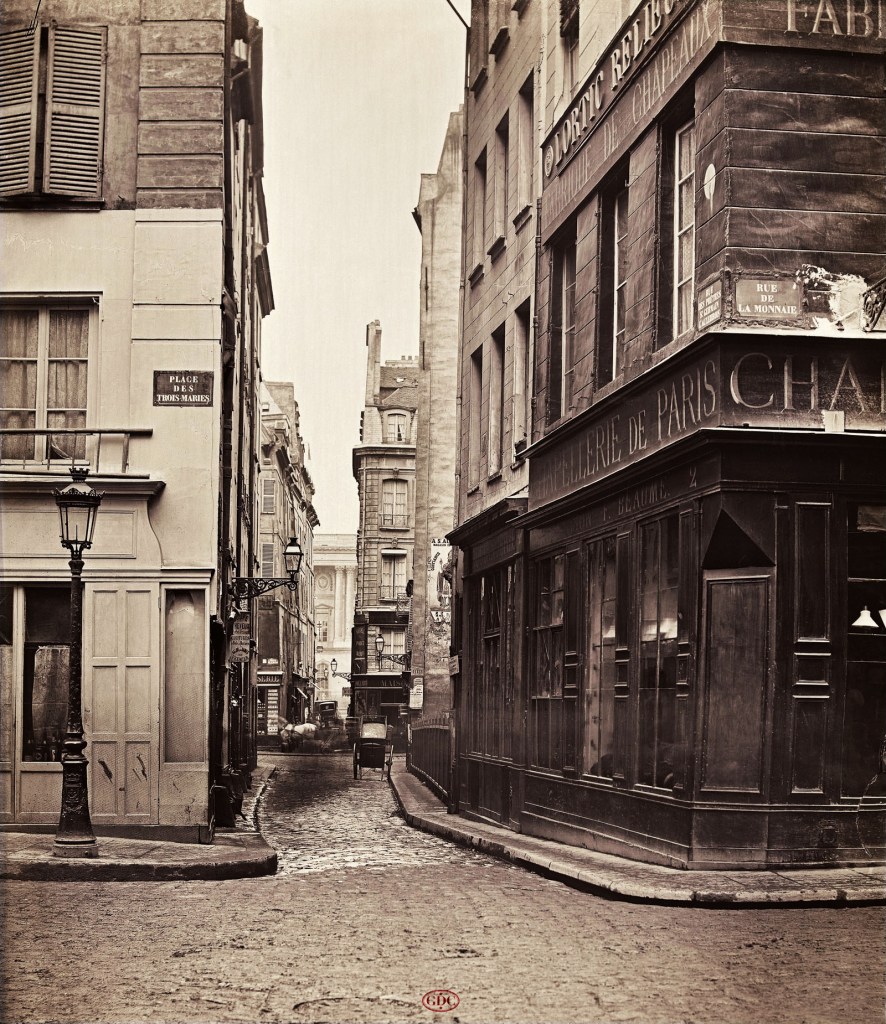





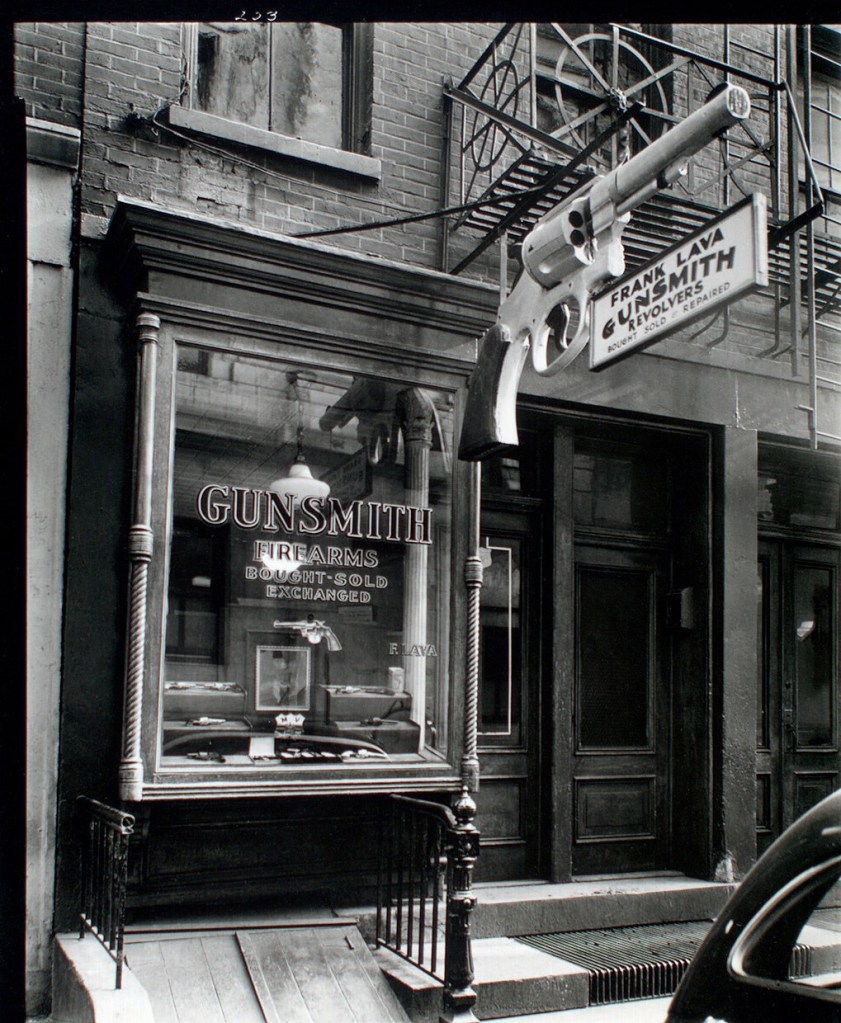













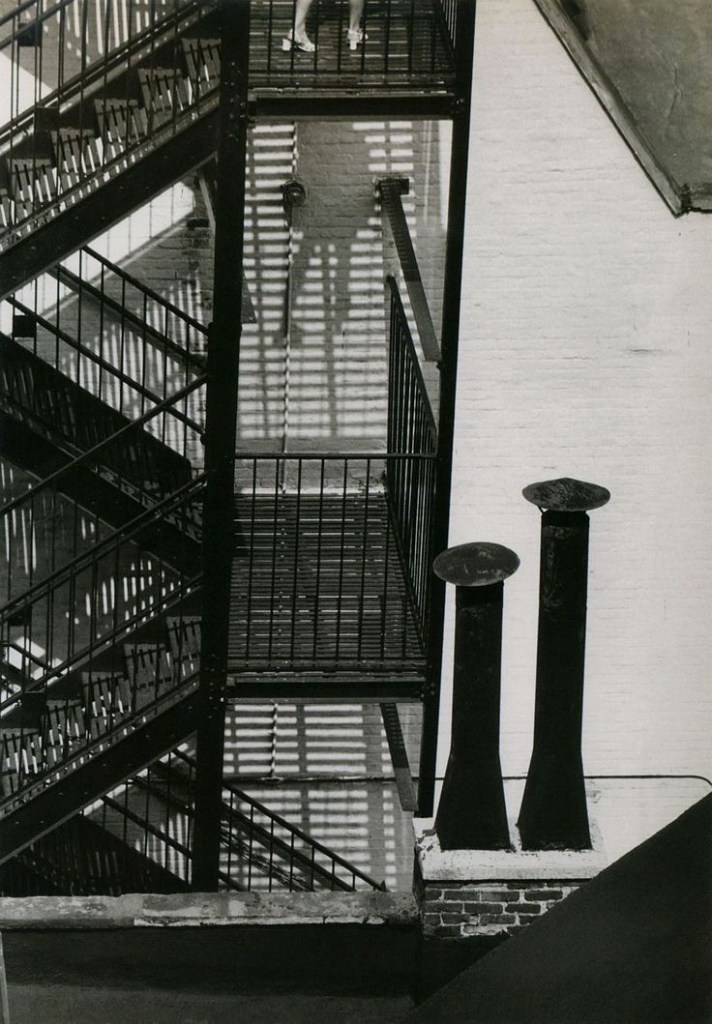

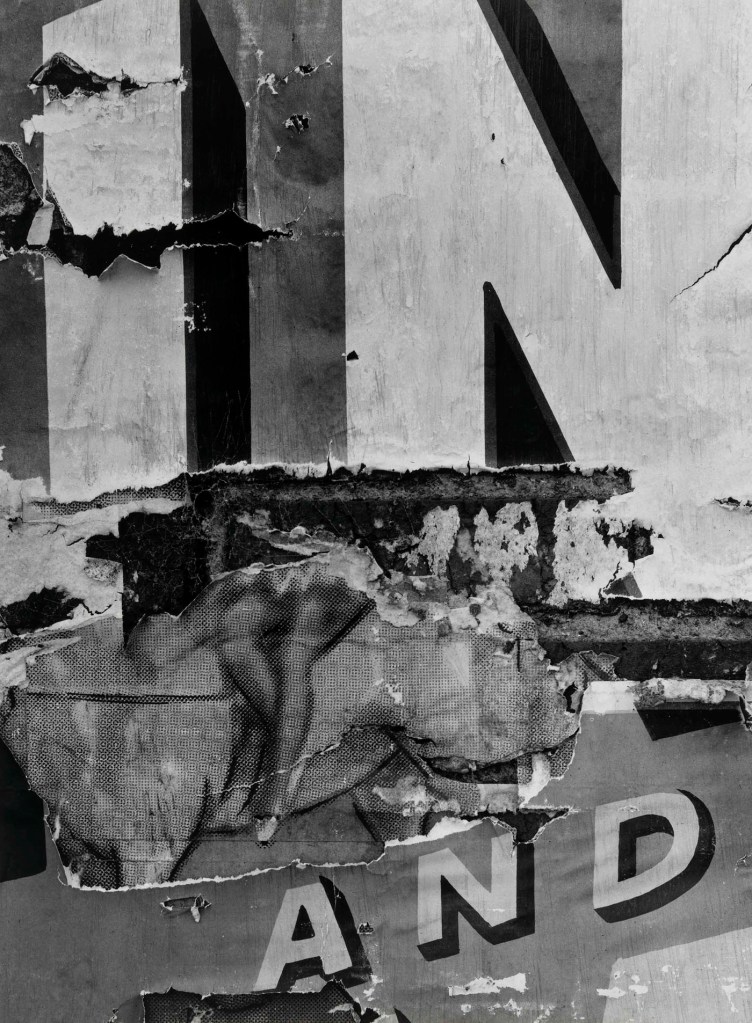




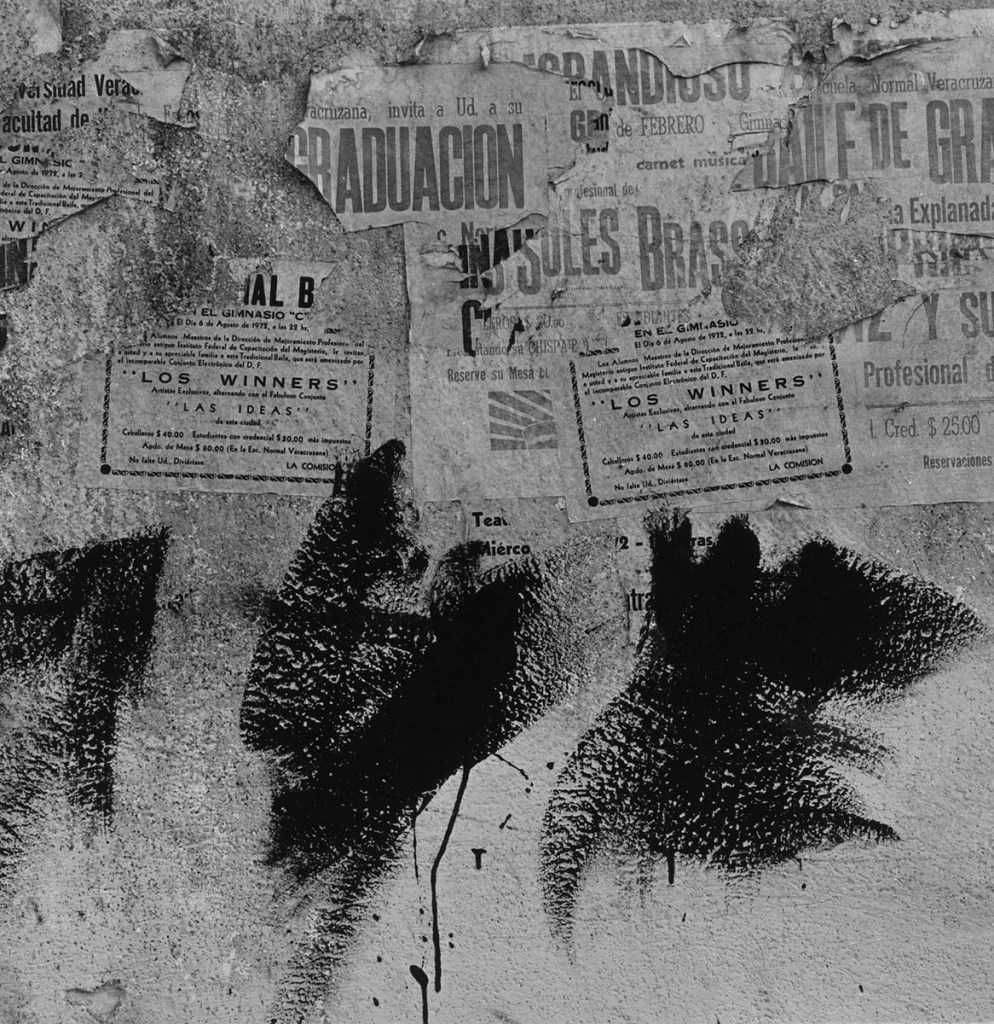
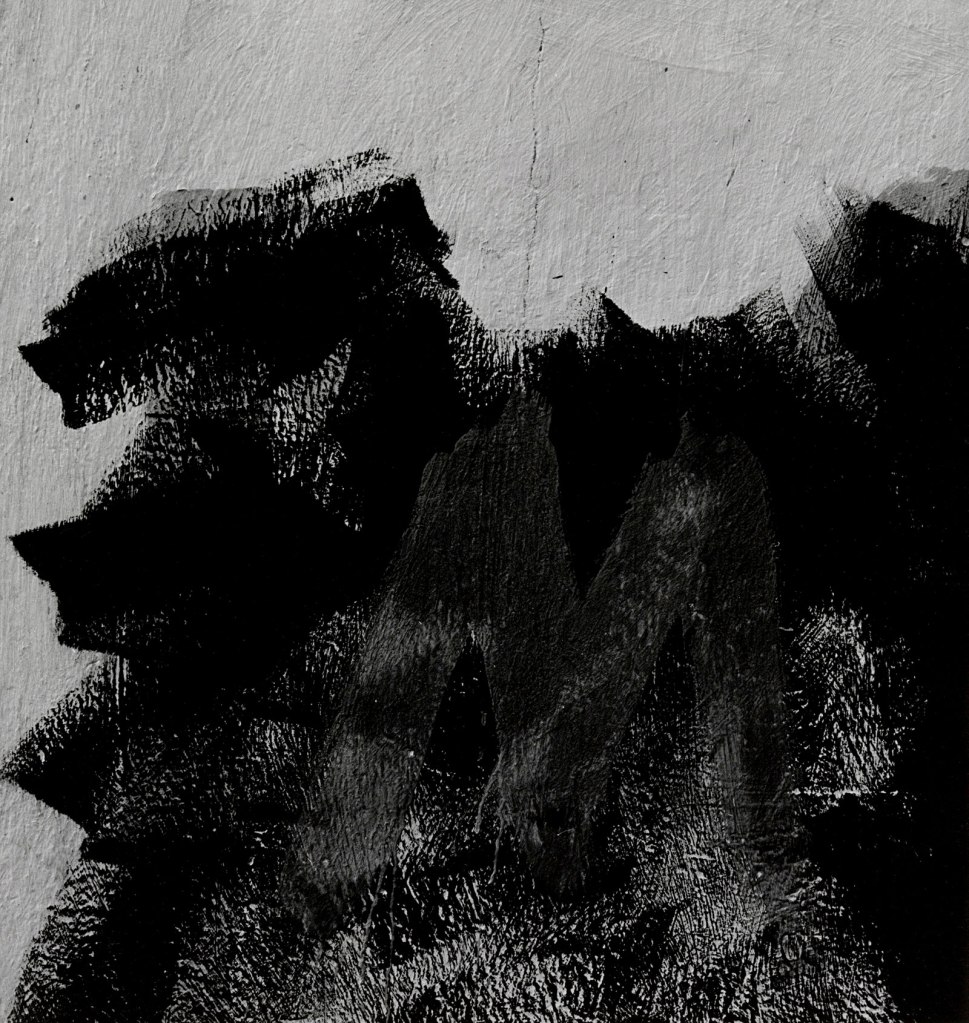

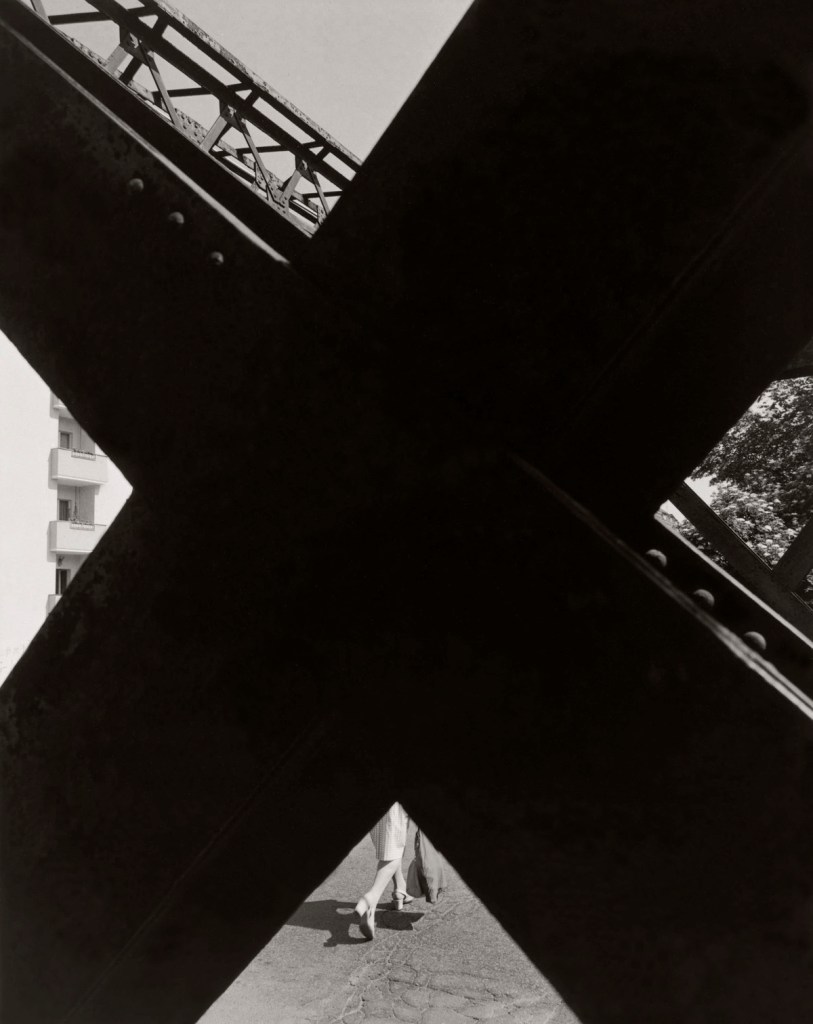


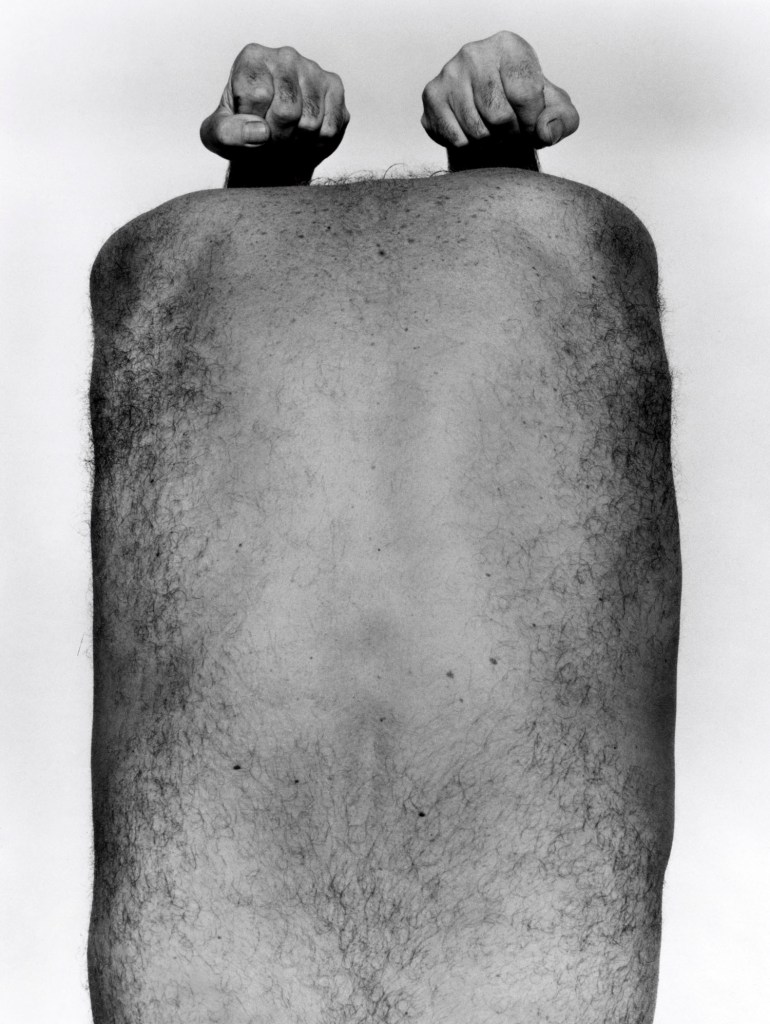

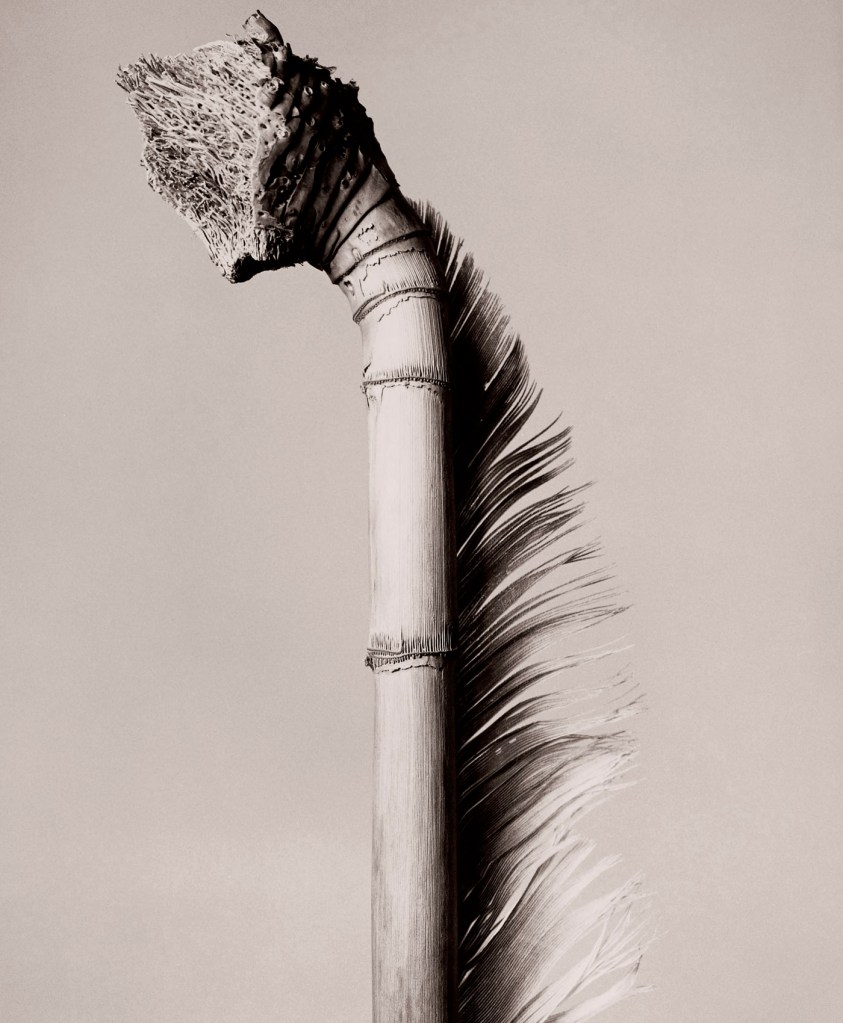
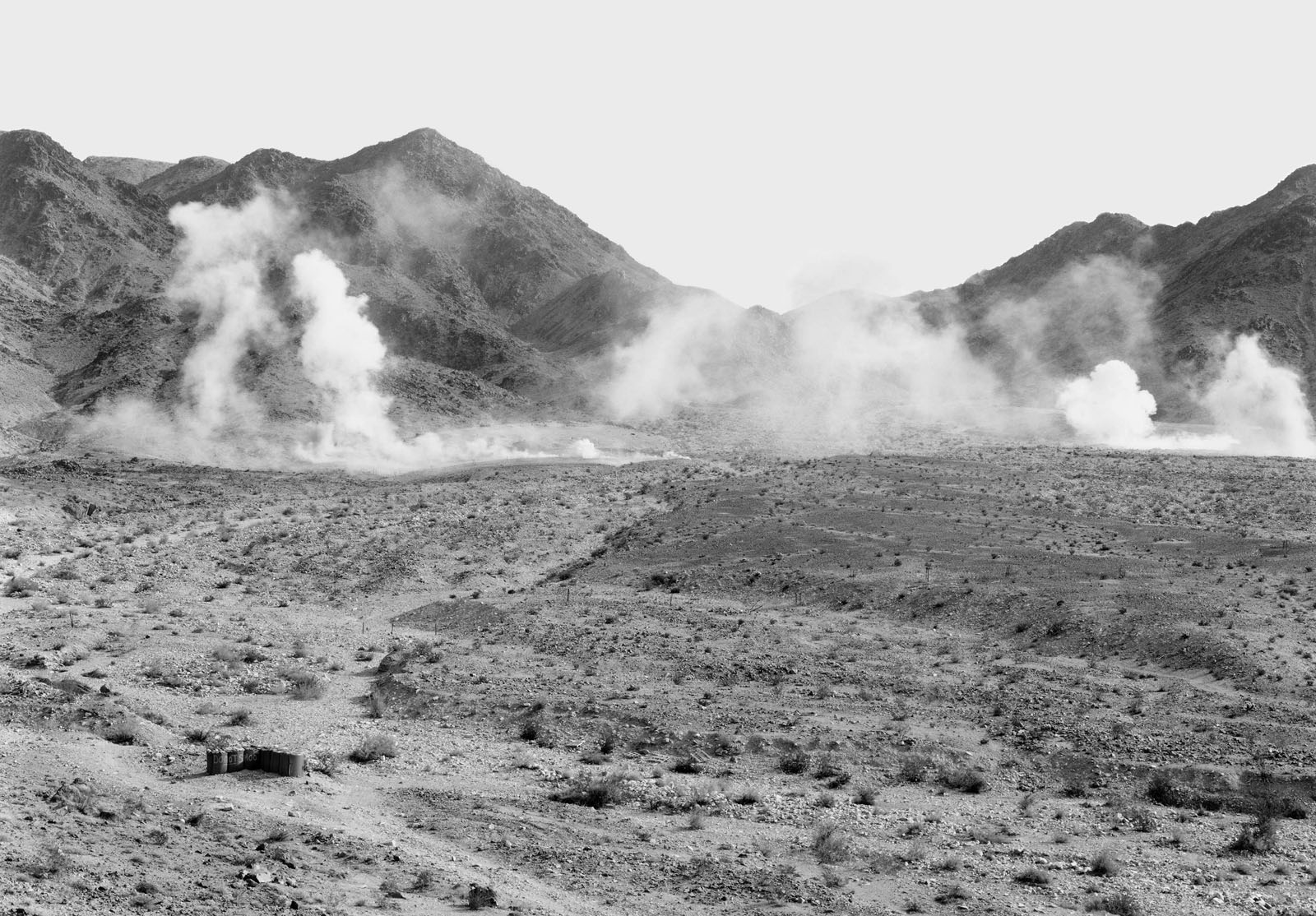

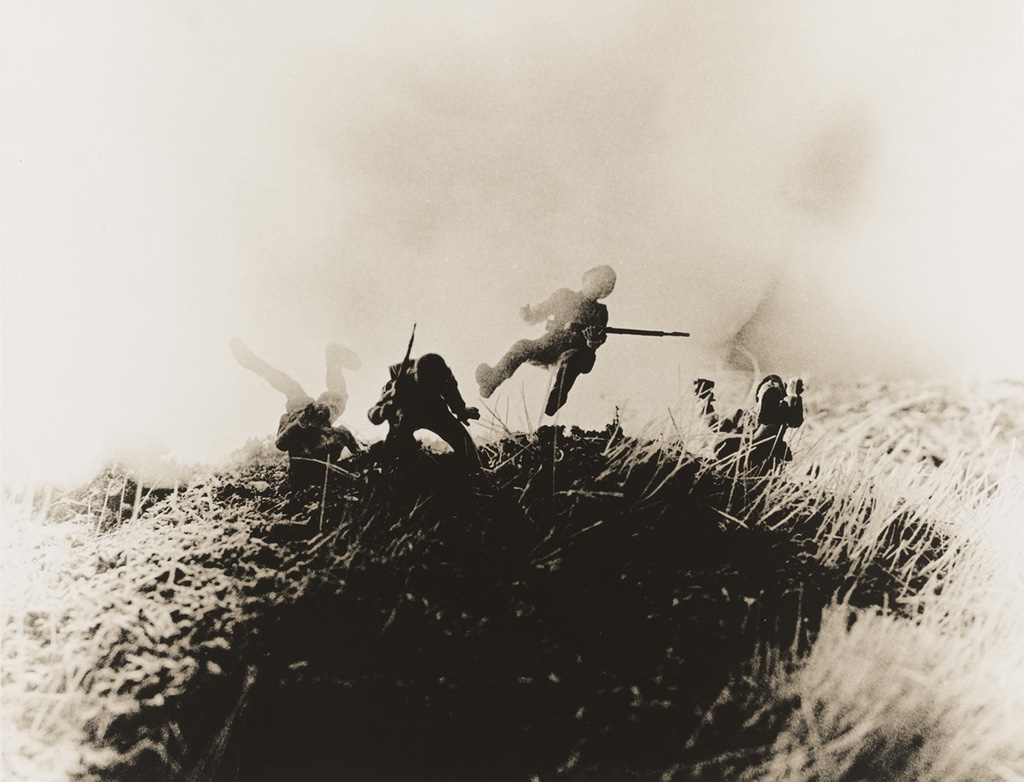
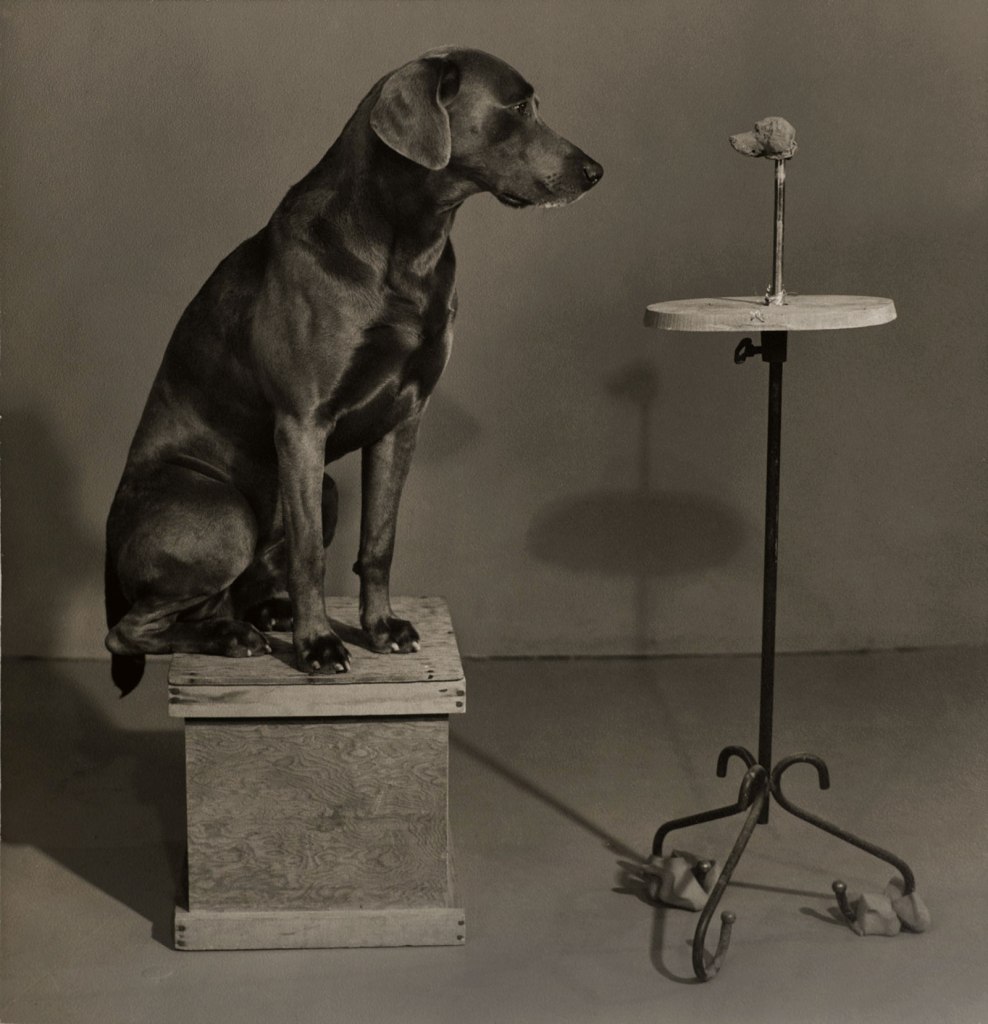









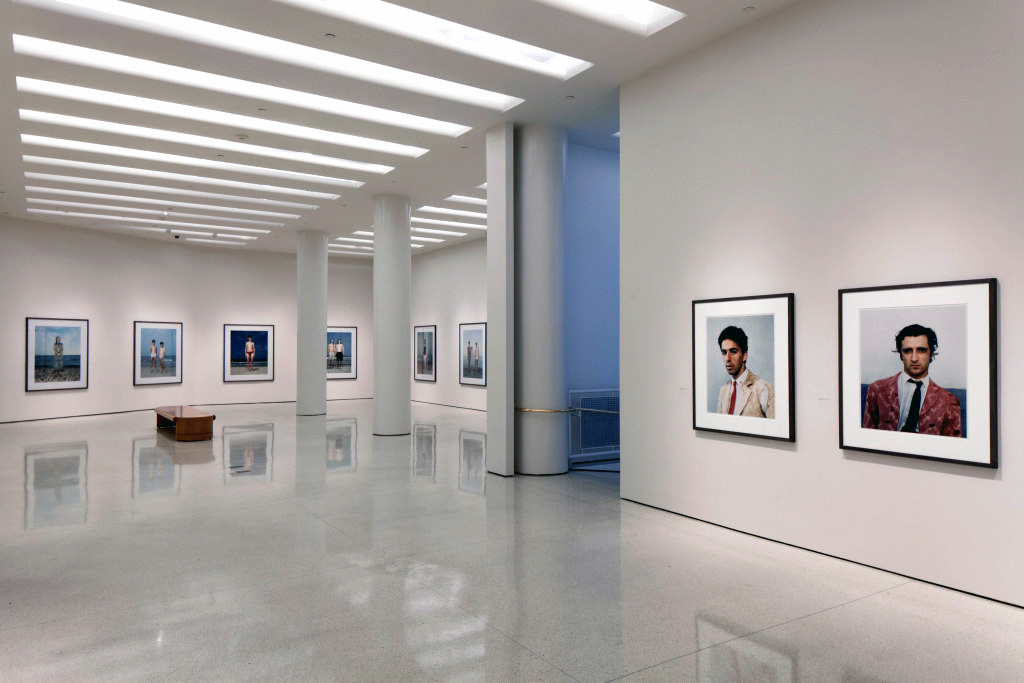


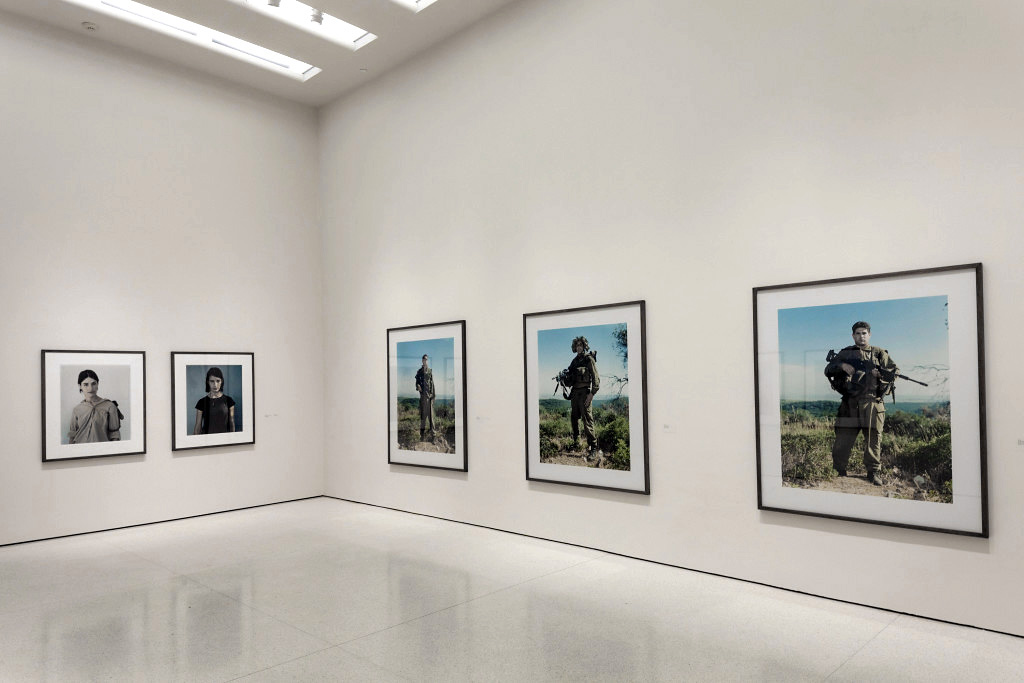





You must be logged in to post a comment.